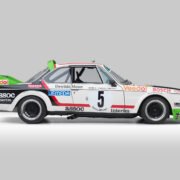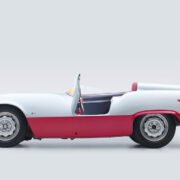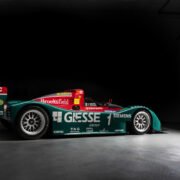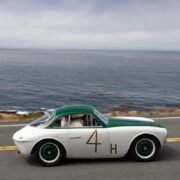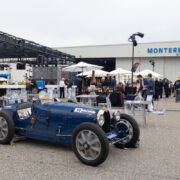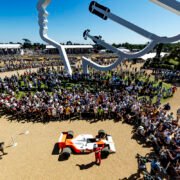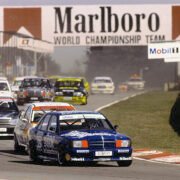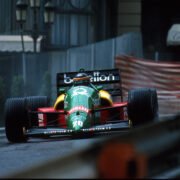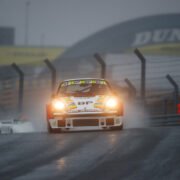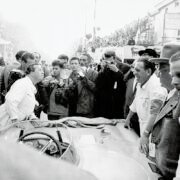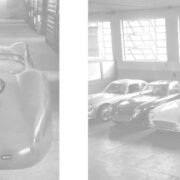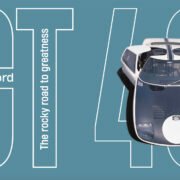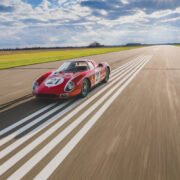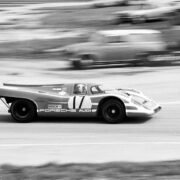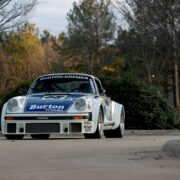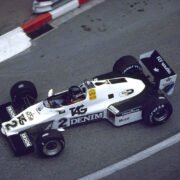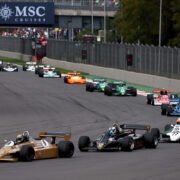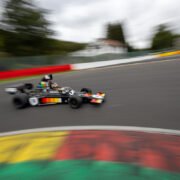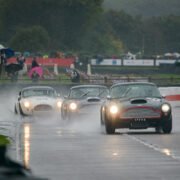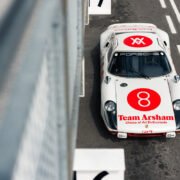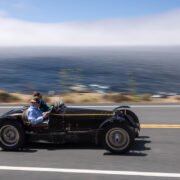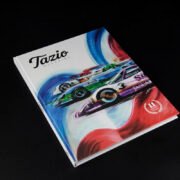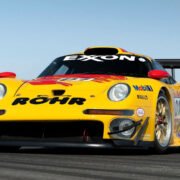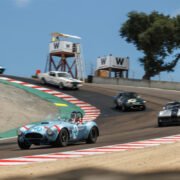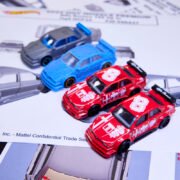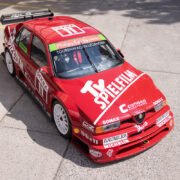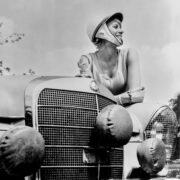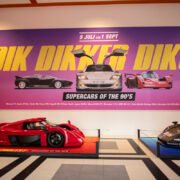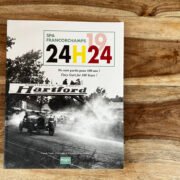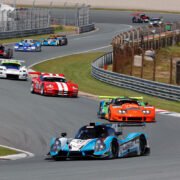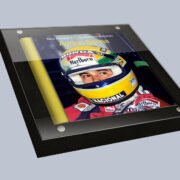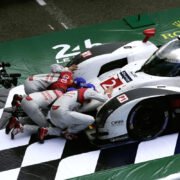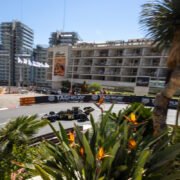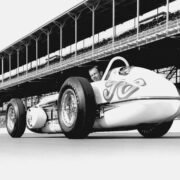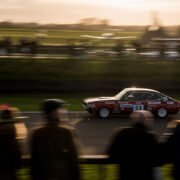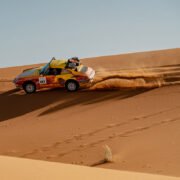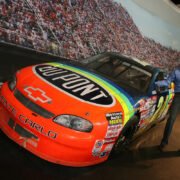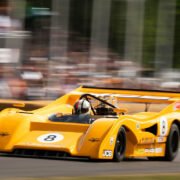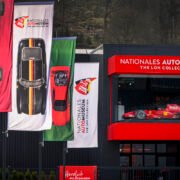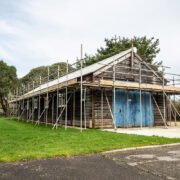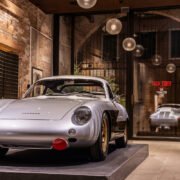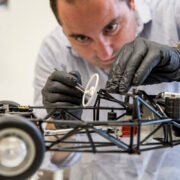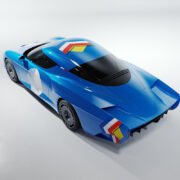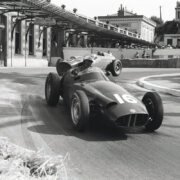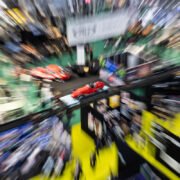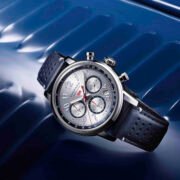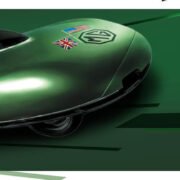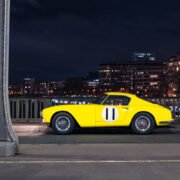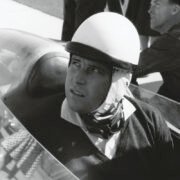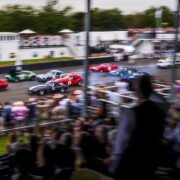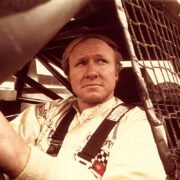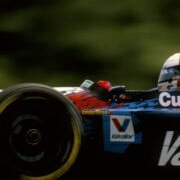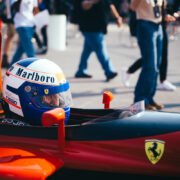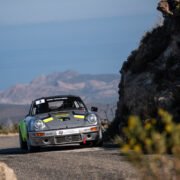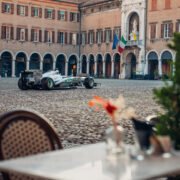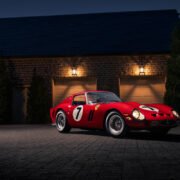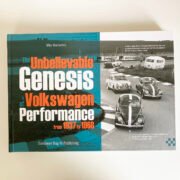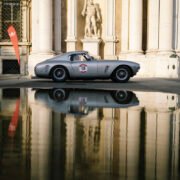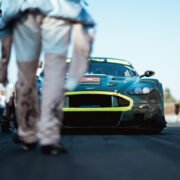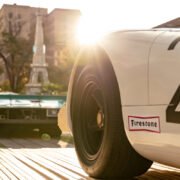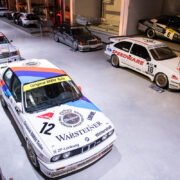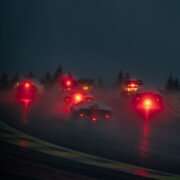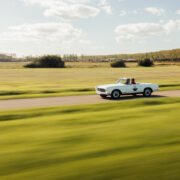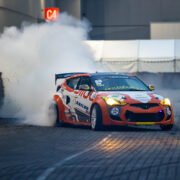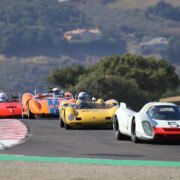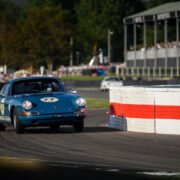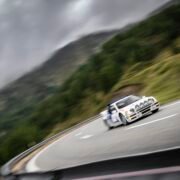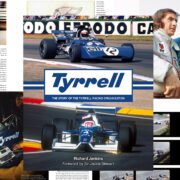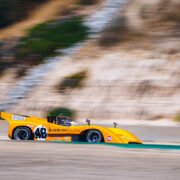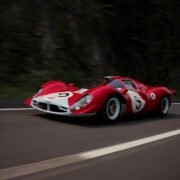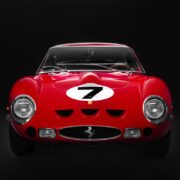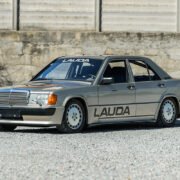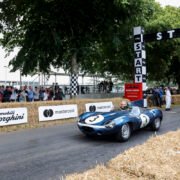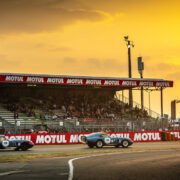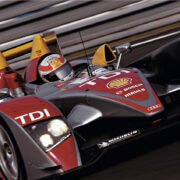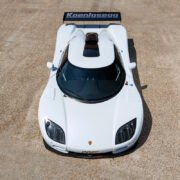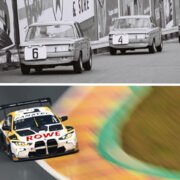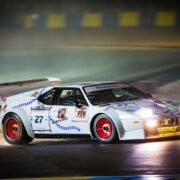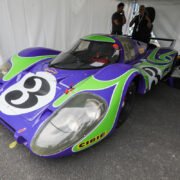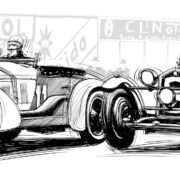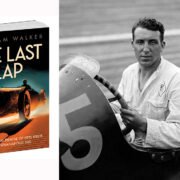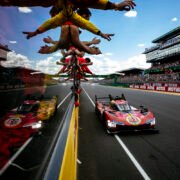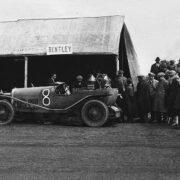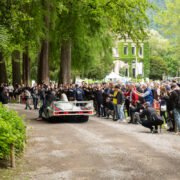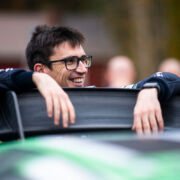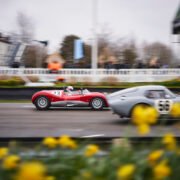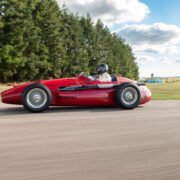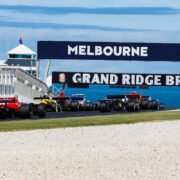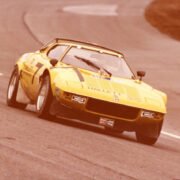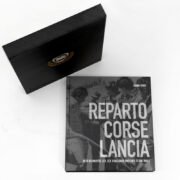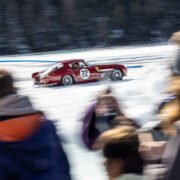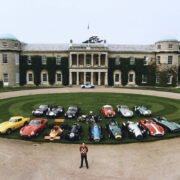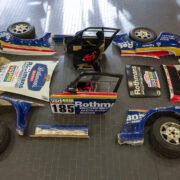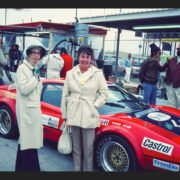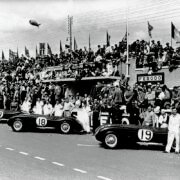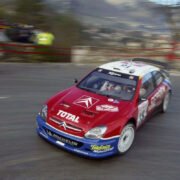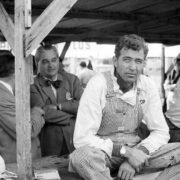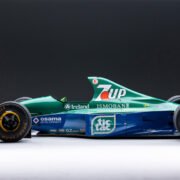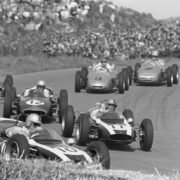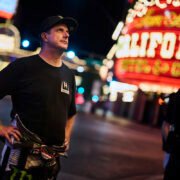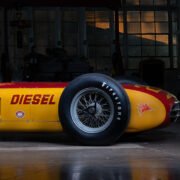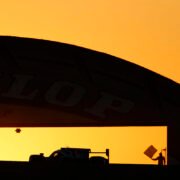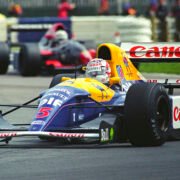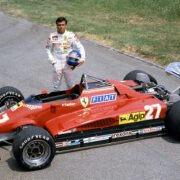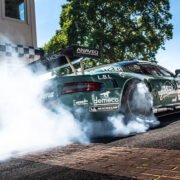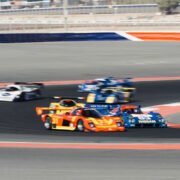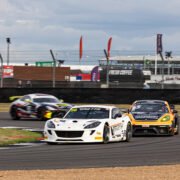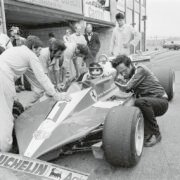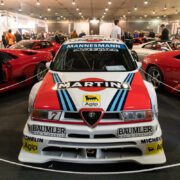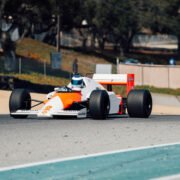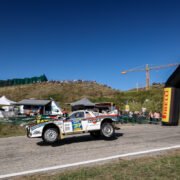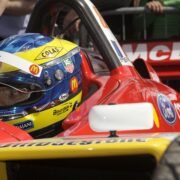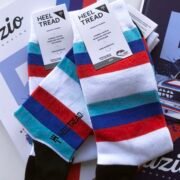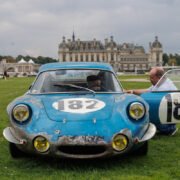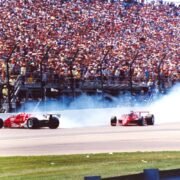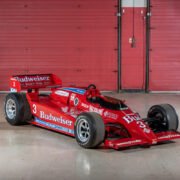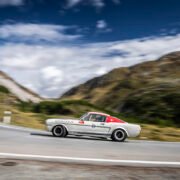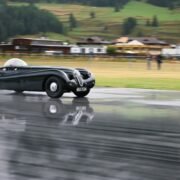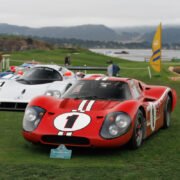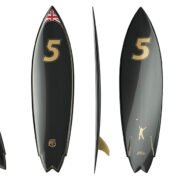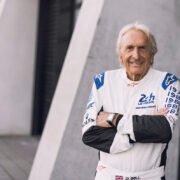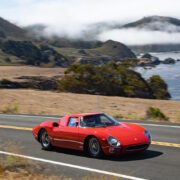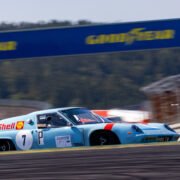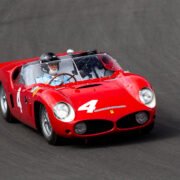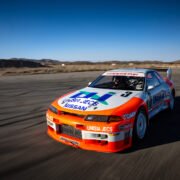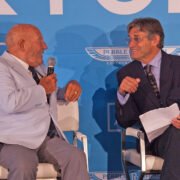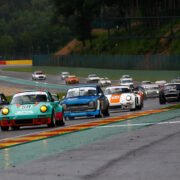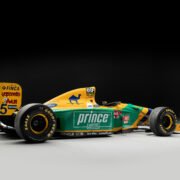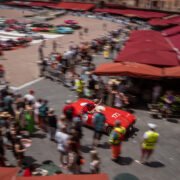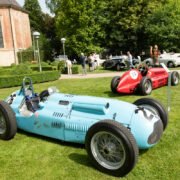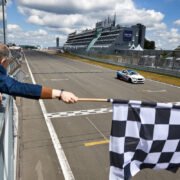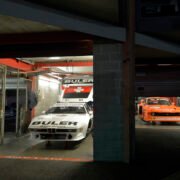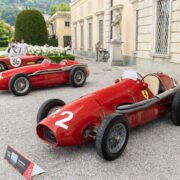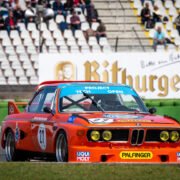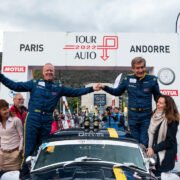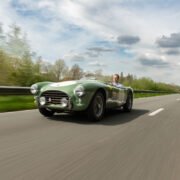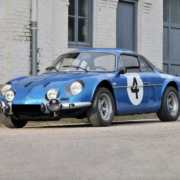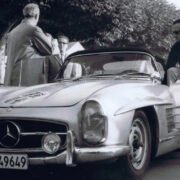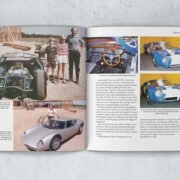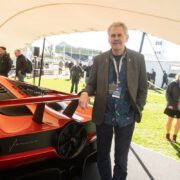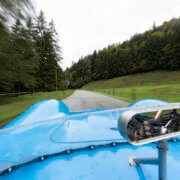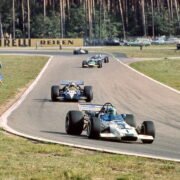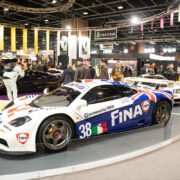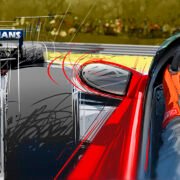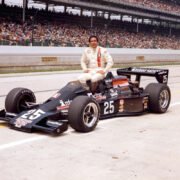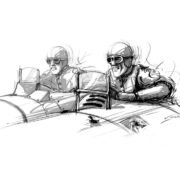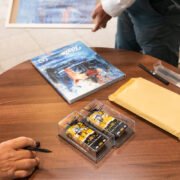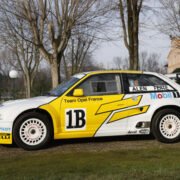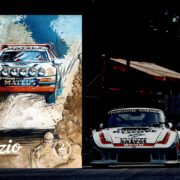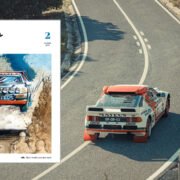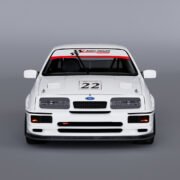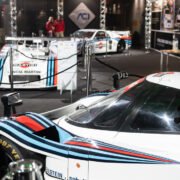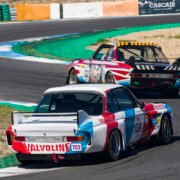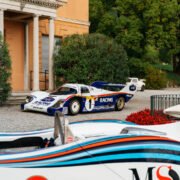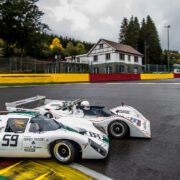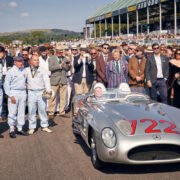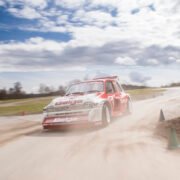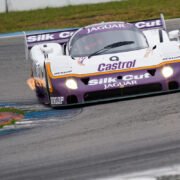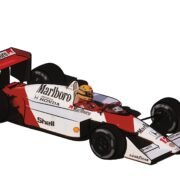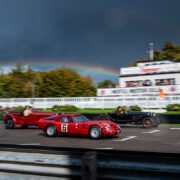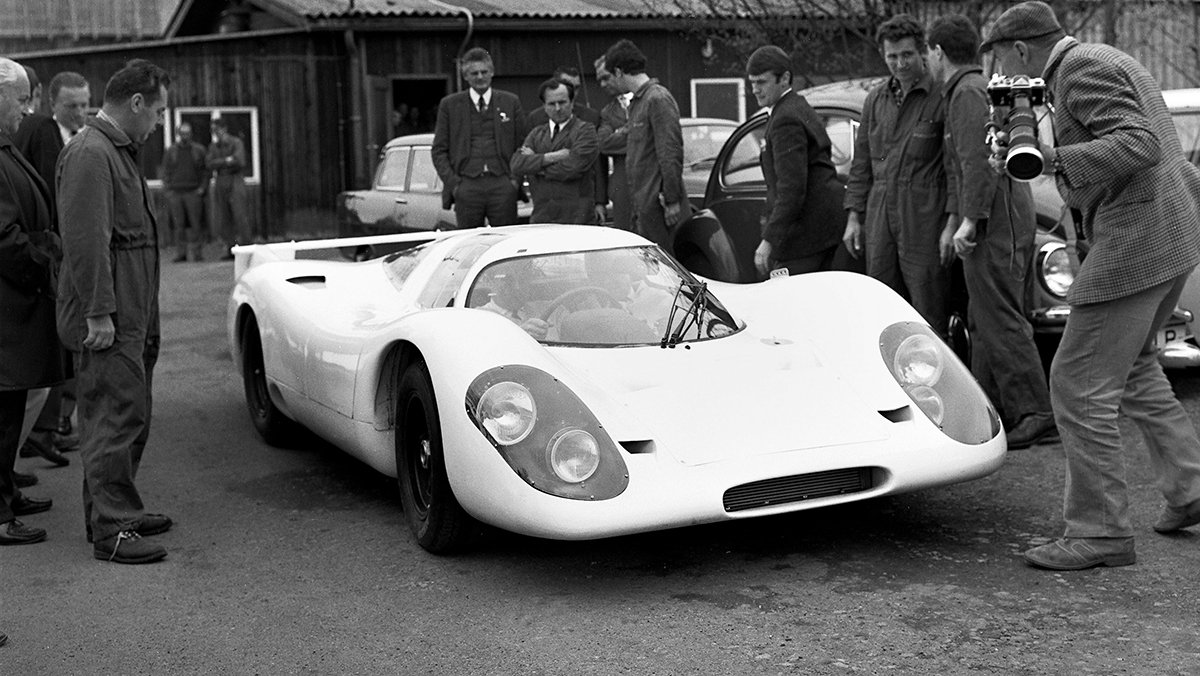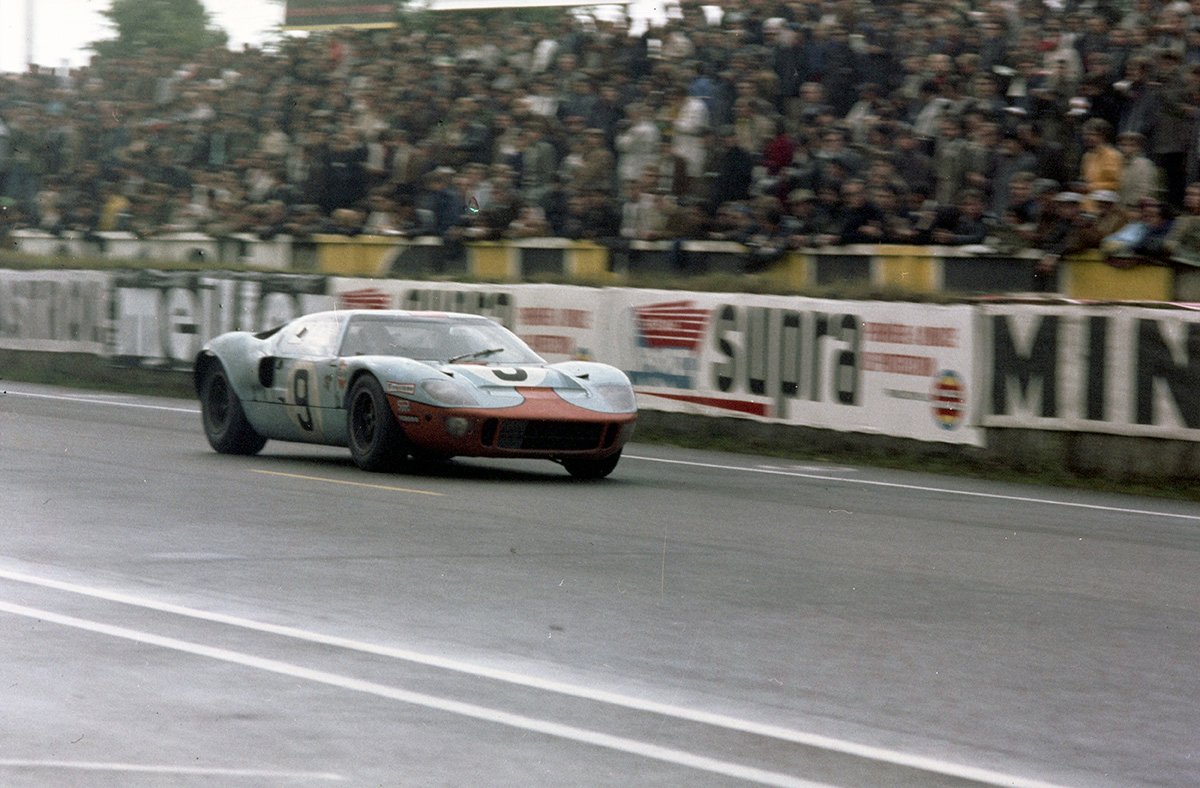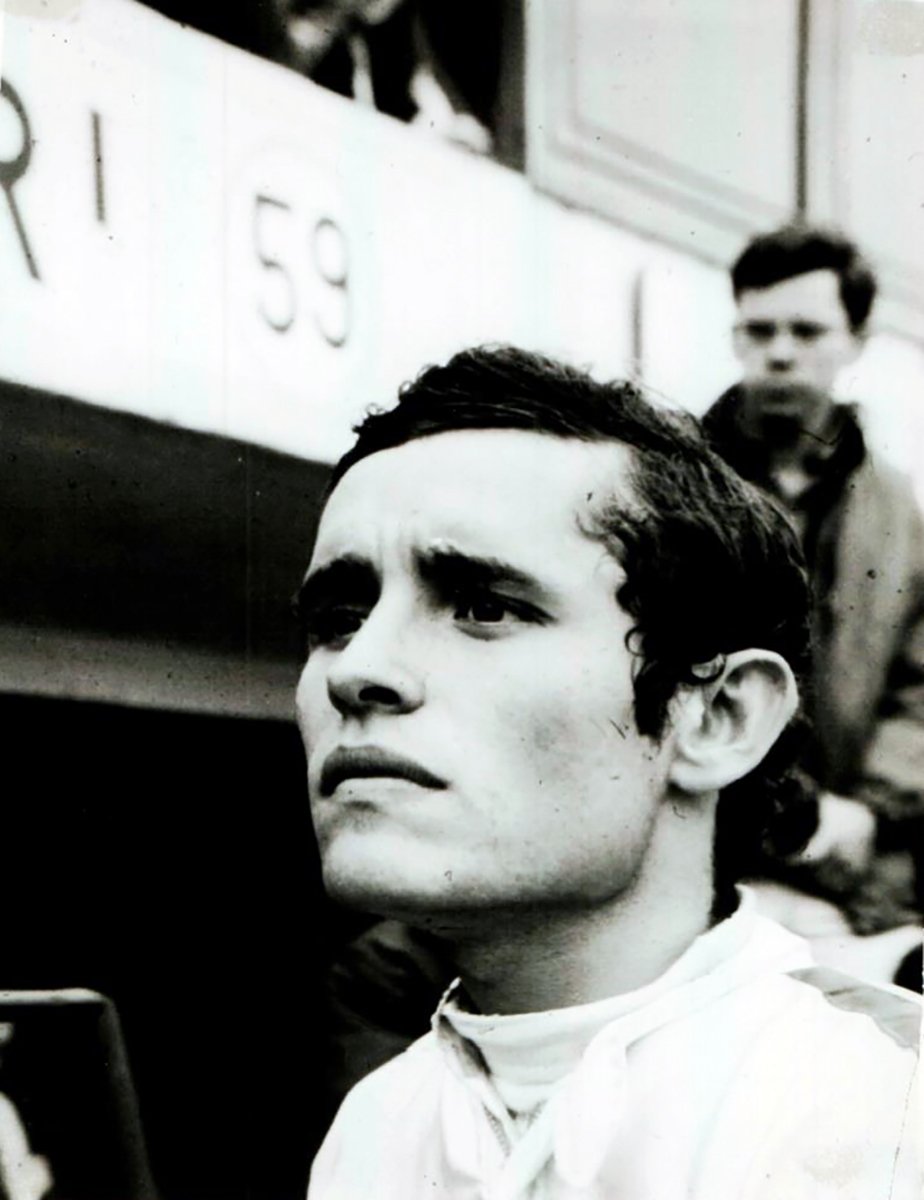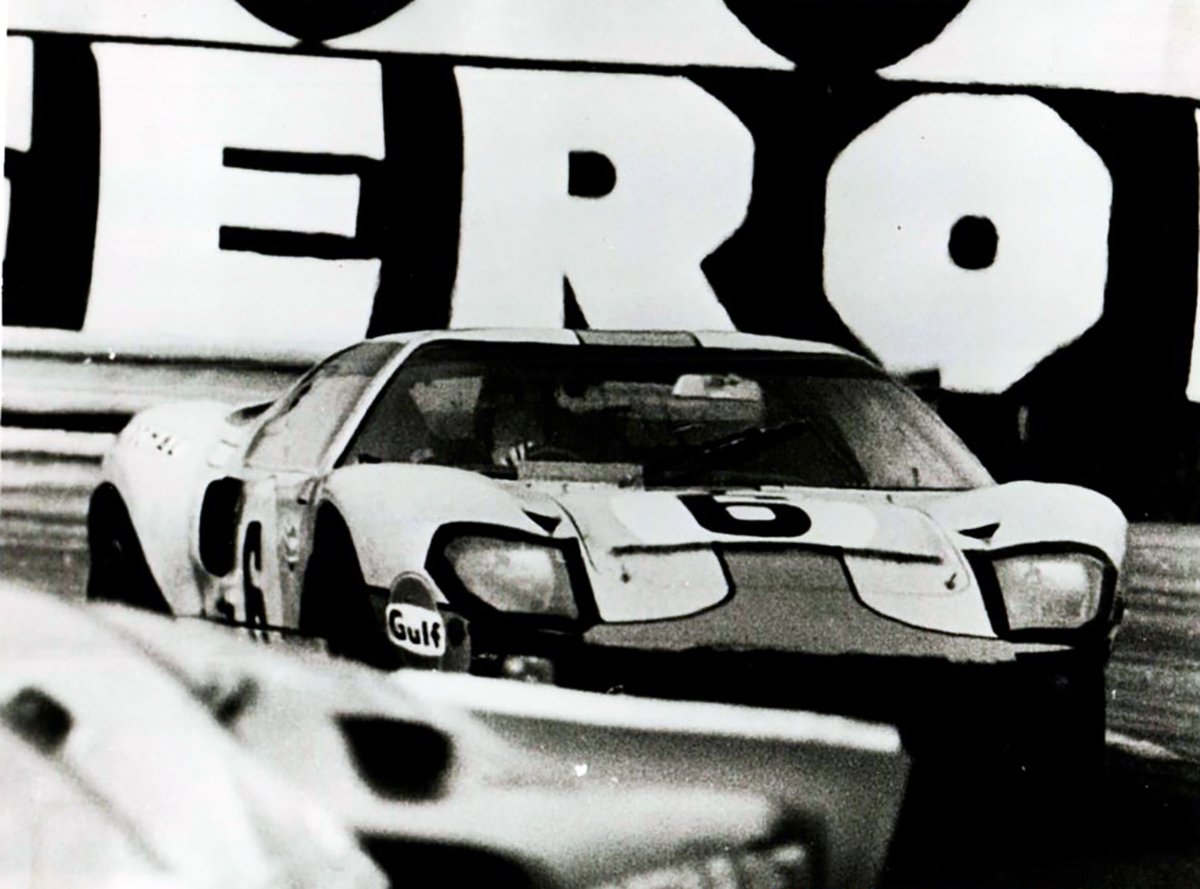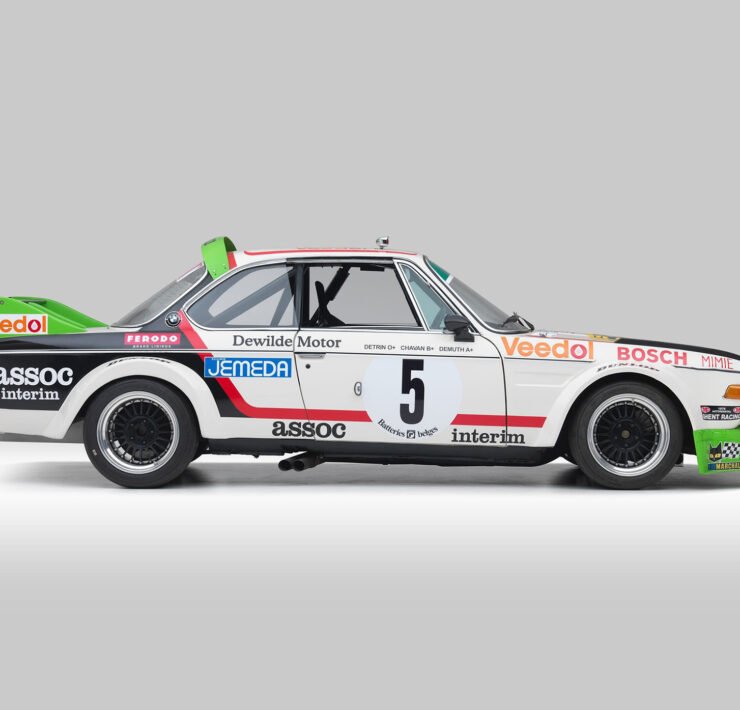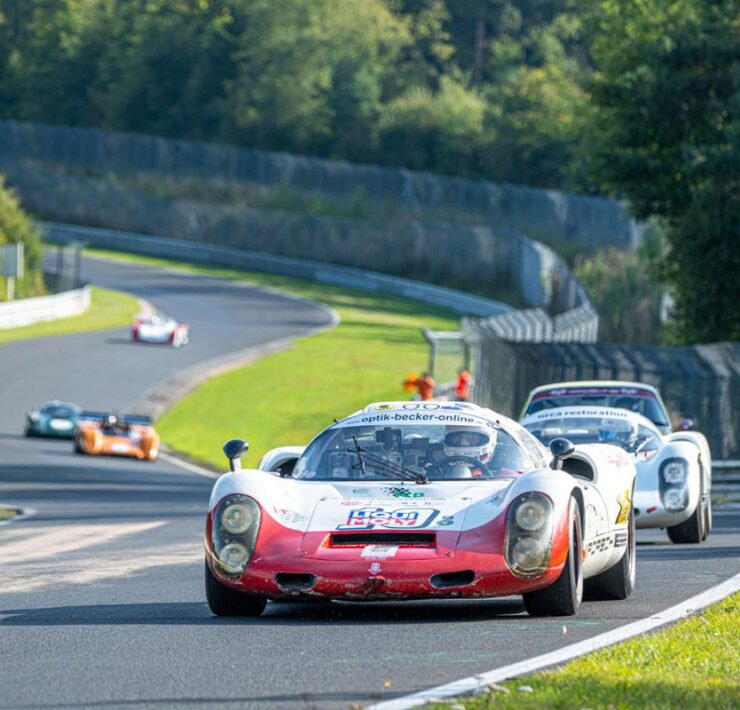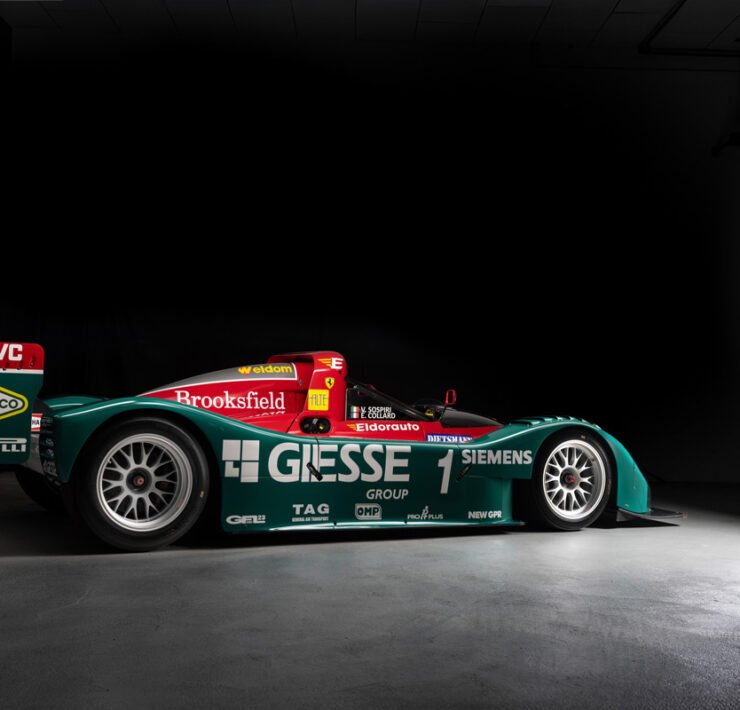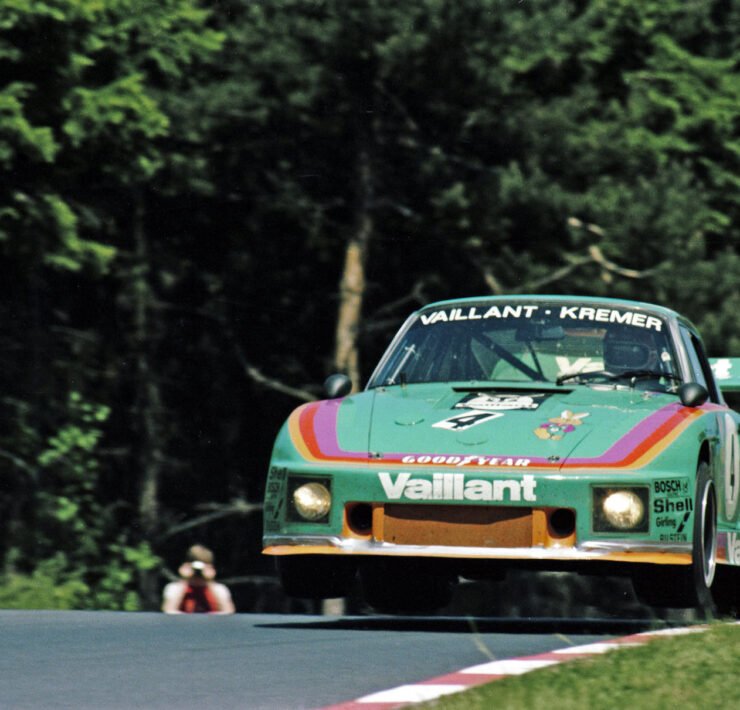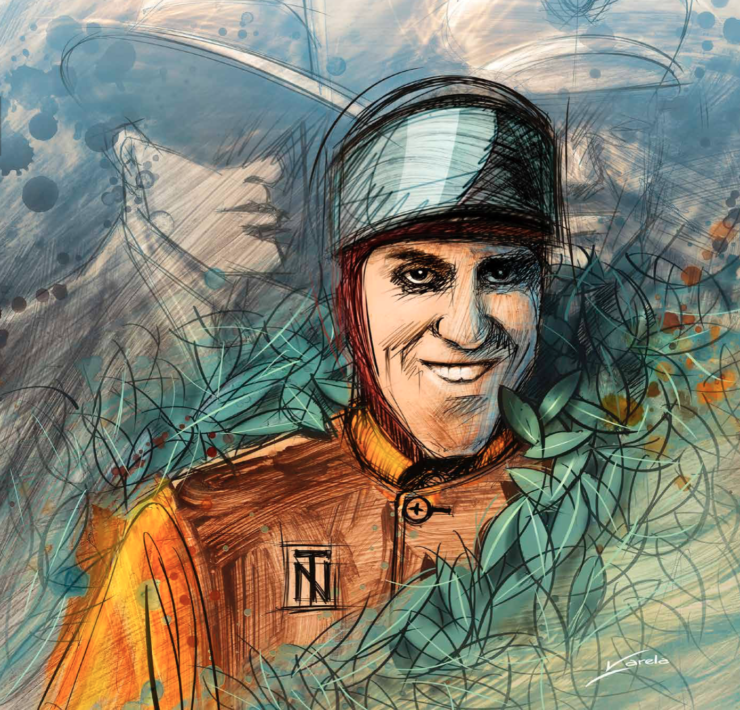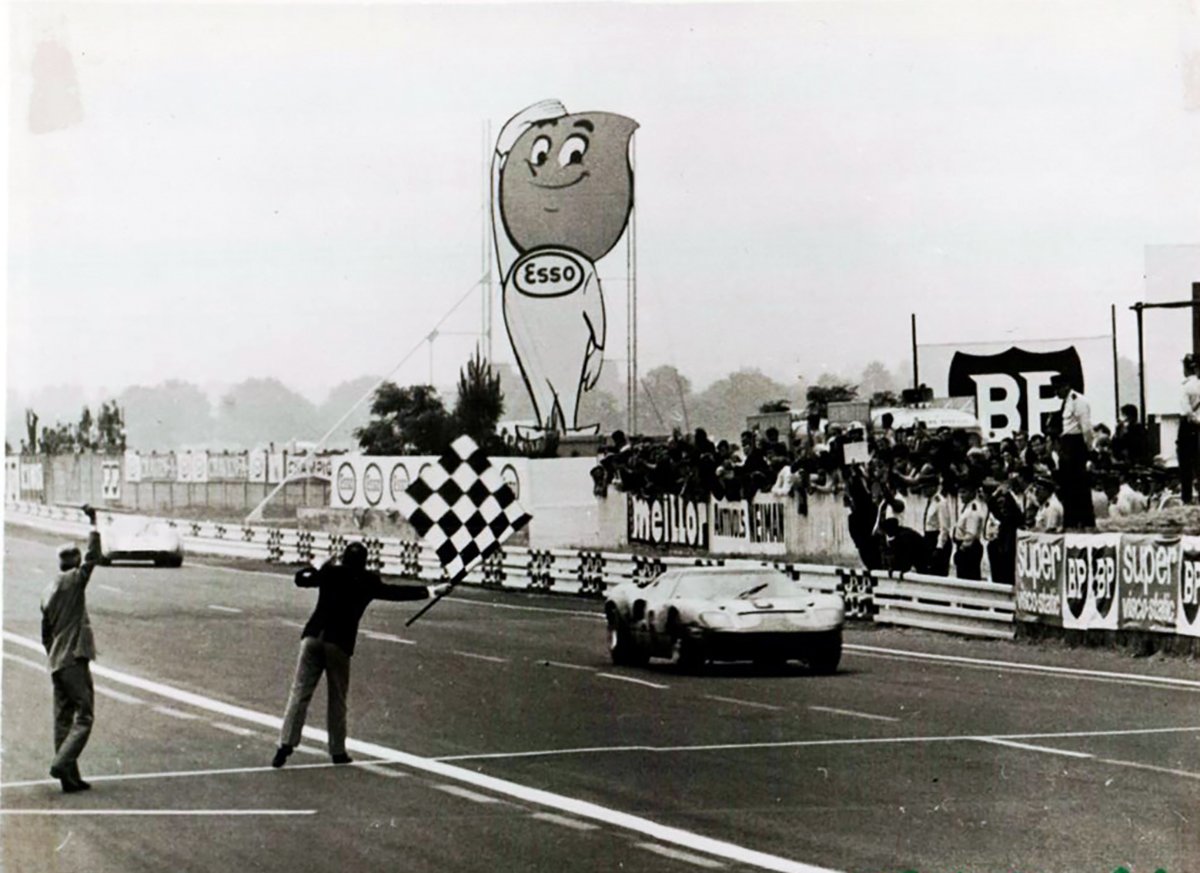
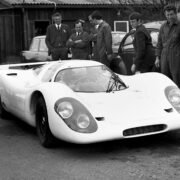
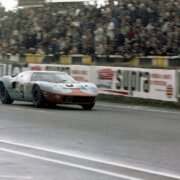
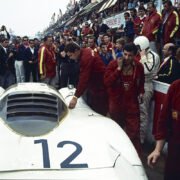
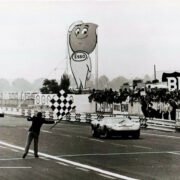 +5
+5 Le Mans 1969, Ickx’ walk of fame
Le Mans 1969, Ickx’ walk of fame
Le Mans 1969, Ickx’ walk of fame
Le Mans 1969, Ickx’ walk of fame
Le Mans 1969, Ickx’ walk of fame
Le Mans 1969, Ickx’ walk of fame
Le Mans 1969, Ickx’ walk of fame
Le Mans 1969, Ickx’ walk of fame
In 1969, Jacky Ickx walked across the track at the start, to singlehandedly protest the foolishness of the classic running start at Le Mans. 24 Hours later, he would win the closest-fought Le Mans-to-date.
Le Mans is a race won, not only as a result of great pace, but more importantly, an ability to keep great pace for the duration of the 24-hour event. This is a theme that has been explored throughout this series of articles, from Ferrari’s run of six consecutive victories to the BMW V12 LMR that ran into less trouble than its peers and simultaneously used less fuel. Today’s tale of the 1969 edition is no different, with a proven car and a meticulously organised team outperforming a great number of entries from an ever-rising force in sportscar racing, Porsche.
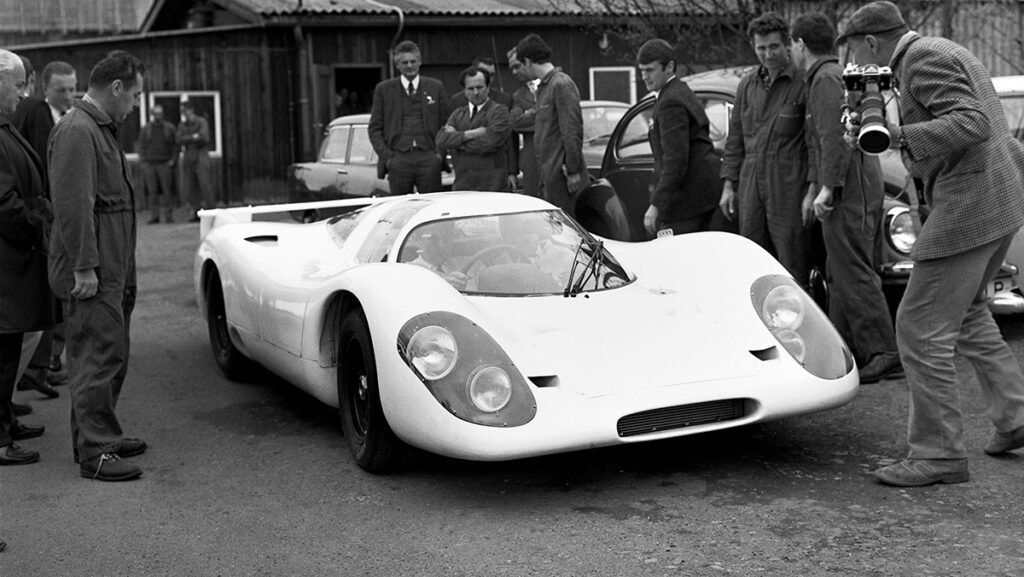
Porsche walkover expected
It was expected that the 1969 edition would be won by one of the six works-entered Porsches. After all, the German manufacturer had been making great efforts, by this point, to finally capture an overall win at Le Mans. Such expectations were voiced not only by the general public and press, but also by the team manager of the JW Automotive Engineering team, David Yorke, who fielded two Ford GT40-entries.
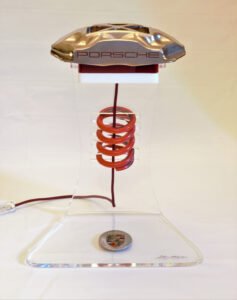
Stuttgart brought a battalion’s worth of machinery, two of those works cars (and an additional privateer entry) were the newly-developed 917s. The 917 was built by Porsche under the new 5-litre regulations (to the great surprise of the organisers) in a mighty attempt to secure that long-awaited victory. The 917 would, of course, go on to great success at Le Mans and sportscar racing in general. At the 1969 edition of Le Mans, however, it proved to be a tad more troublesome…
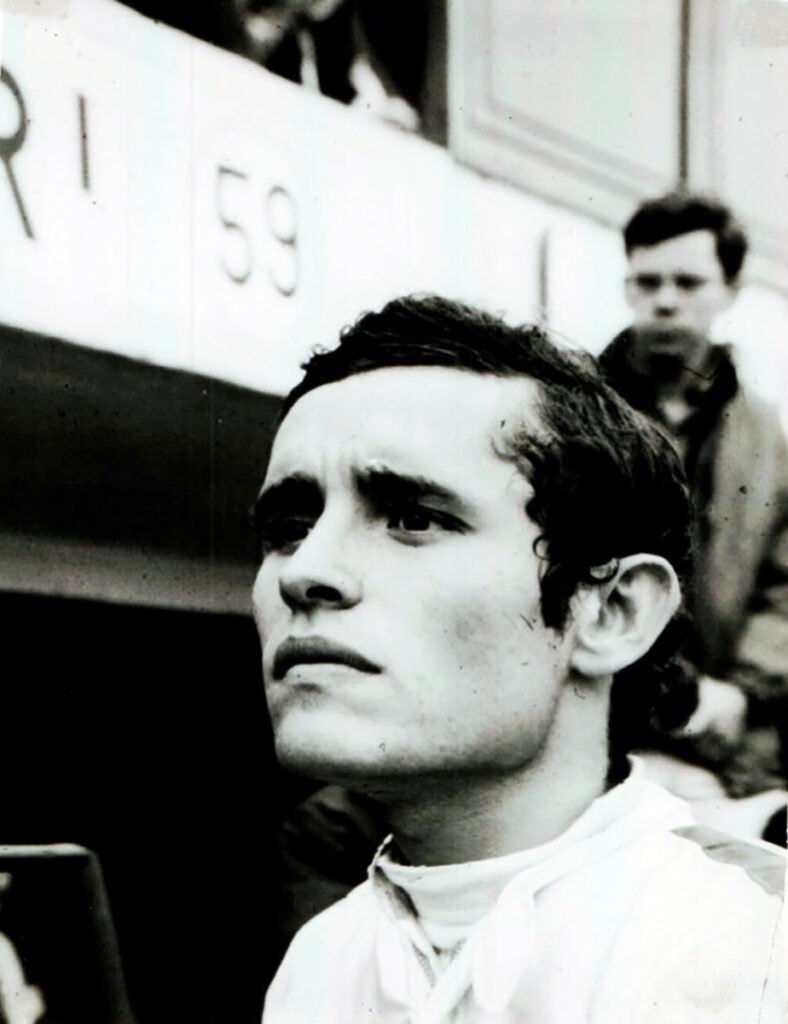
Ickx’ solo protest
We now proceed to the start of the race, this time held two hours earlier (at 14:00 hours) than usual due to the French general election. Nevertheless, once the French tricolore had dropped, the drivers would be expected to sprint towards their cars and set off on a twenty-four-hour high-speed adventure through the western French countryside. One of the drivers of the # 6 J.W. Automotive Engineering Ford GT40, Jacky Ickx, did not conform to this custom. In protest of the starting procedure on grounds of safety, the Belgian ace proceeded towards his Gulf-liveried GT40 at a considered pace and also not rushing to fasten his harnesses. As a result, he started the race behind all of the other cars.

Tragedy strikes
On the first lap, an incident at the White House corner occurred with the unbuckled, 917-piloting privateer John Woolfe, who became another tragic casualty of La Sarthe. According to Ickx, the organisers would have handed him a severe penalty for his challenge to convention, had it not been for Woolfe’s fatal accident. Both facts led to Le Mans dropping the running start from 1970 onwards. J.W. Automotive Engineering team manager David Yorke later wrote for Autosport that, “Jacky, if he had made a normal start, could have been involved (in the accident, ed), but his only penalty was to wait for the track to be cleared of debris.”
The race continued with Ickx covering considerable ground. After the first hour, he climbed from last of 47 cars to 15th position. At this point, Ferrari struggled after its one-year sabbatical with only the one car remaining of its two-car effort, and outside of the top ten. At around six o’clock the following morning, the Wyer-entered Ford of Jacky Ickx and Jackie Oliver was in third position, behind the leading Porsches.
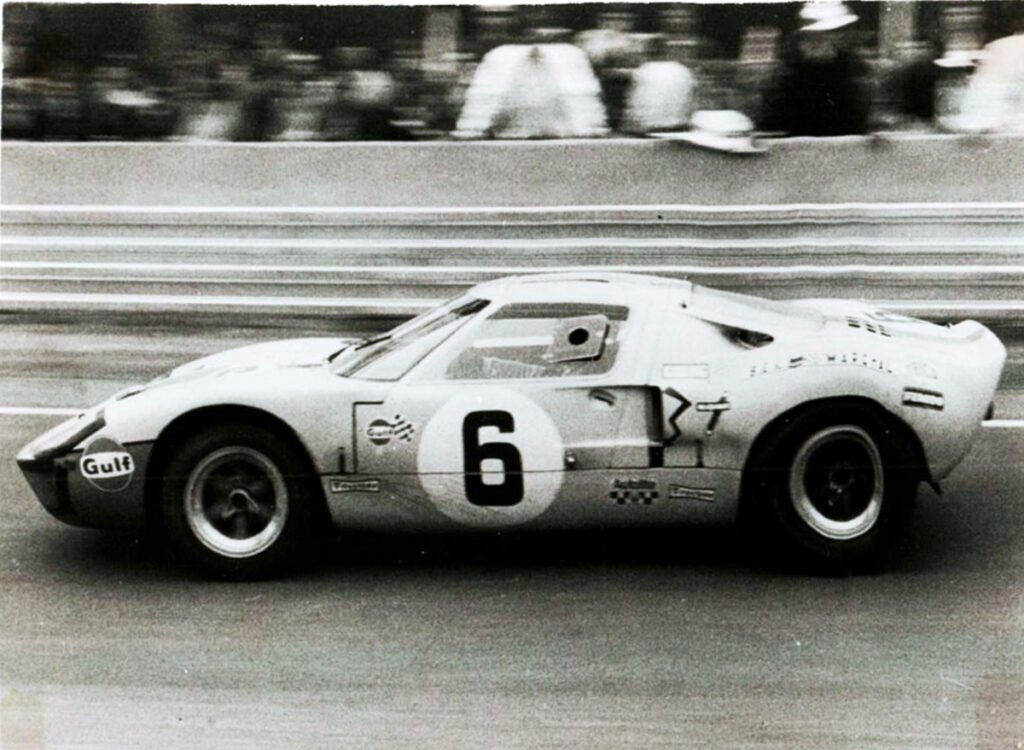
Wyer preparation
This relentless push up the leaderboard can certainly be attributed to the team’s meticulous attention to detail when running an endurance race. That very same GT40 had won Le Mans the year before, and was victorious in the 1969 Sebring 12 hours. In addition, John Wyer had been the man responsible for Aston’s earlier sportscar triumphs with a win at La Sarthe in 1959 and the World Sportscar Championship title that same year.
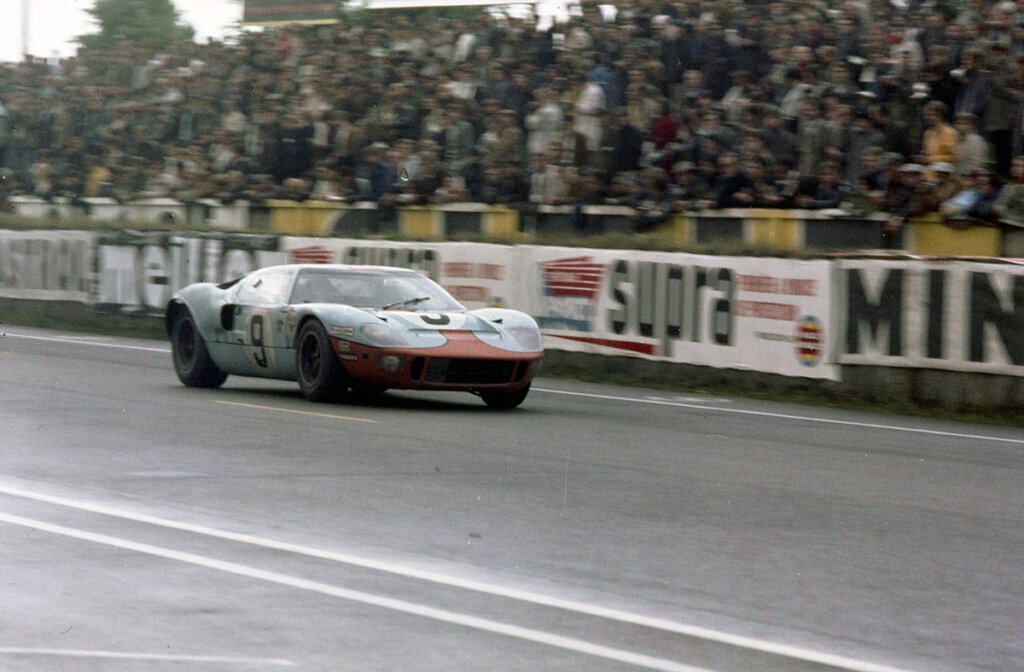
The team had opted out of most of the pre-race sessions earlier in the week to allow the mechanics to extensively prepare the cars for the main, twenty-four-hour event. In addition, lighting was specially developed for JWAE by American firm Sylvania, allowing for lap times at night to remain consistent with those set during the daytime. The team’s policy of preparing the car to a high standard also proved beneficial in terms of spending as minimal time as possible during pit stops. Firestone had also contributed to the effort on the tyre front, providing a compound best suited to the car’s weight and top speed. In addition, an emphasis was placed on a more regular replacement of brake pads as it allowed the drivers to consistently and inconsequentially out-brake and overtake the Porsches at the end of the Mulsanne straight.
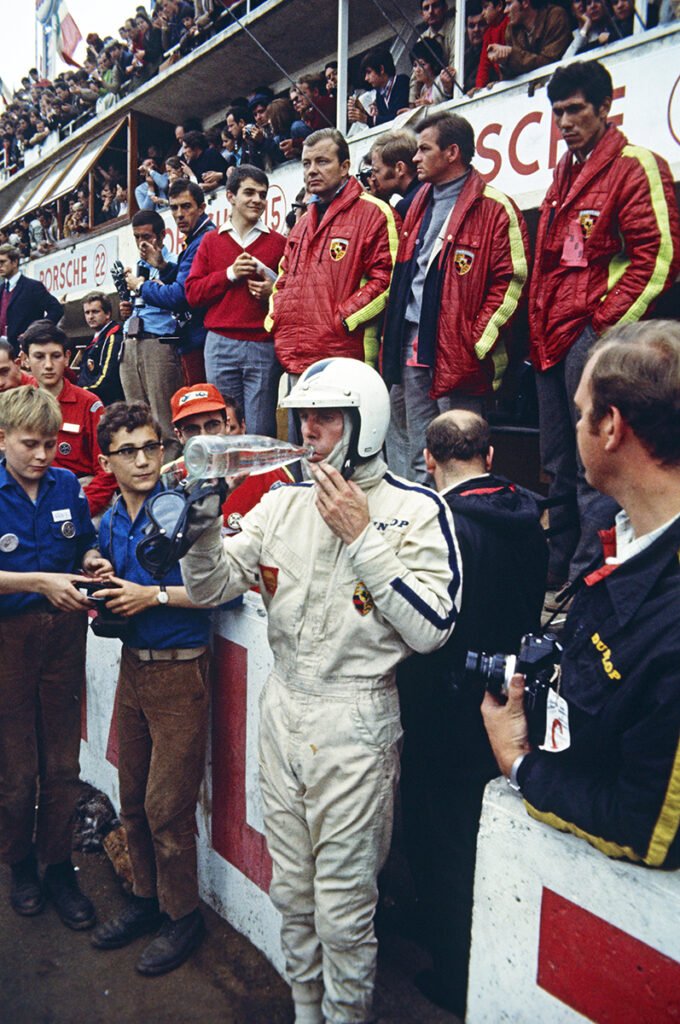
The leader breaks
Back to the race, a new strategy was adopted as a result of this strong position of third place with the no. 6 Ford. This new approach involved carefully observing how long each driver raced and to have Ickx driving for as long as possible. In addition, the JWAE GT40s were to keep pressure on the leading Porsches, especially the seemingly-fragile 917 of Vic Elford and Richard Attwood.
Four hours from the end of the race, just as Yorke was about to abandon this aggressive strategy for fears of early retirement, the leading 917 suffered a series of stops, resulting in a retirement just two hours from the end caused by a split gearbox casing. Disappointment for Porsche, the 917 had been leading by five laps.
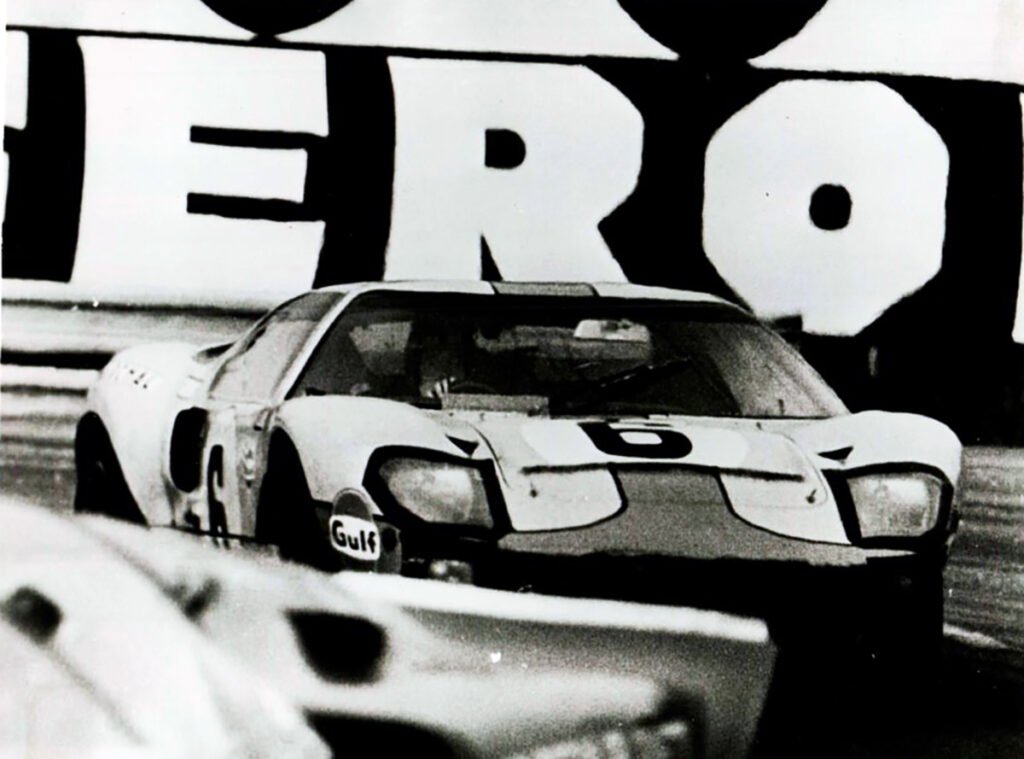
Close finish
This left the GT40 in the lead with the other Wyer entry of David Hobbs and Mike Hailwood in third position. However, the Porsche 908 of Hans Herrmann and Gérard Larrousse was on the same lap as the leading Ford. Soon after, both cars made their final driver changes, trading the lead between each other in the process. Ickx, regarded by Yorke as one of the three best sportscar racers at the time, and the experienced Herrmann battled to the very end of the race in a most spectacular manner that was most uncustomary for a battle of endurance. On the final lap, Ickx drove slowly into the Esses, allowing Herrmann to pass and lead onto the Mulsanne. Ickx, therefore, drafted the Porsche until the Mulsanne corner, where he could out-brake his opponent and secure the lead for the rest of the lap.
The 1969 edition of the Le Mans 24 Hours concluded with just 120 metres (around 2 seconds) separating the winning Ford of Ickx/Oliver and the second-place Porsche of Herrmann/Larrousse, the closest competitive finish in the history of the event. Ickx again admitted that his protest at the start would have been seen very differently, had he been the one who would have come up 120 metres short of victory.
1069 brought the second win at Le Mans for chassis 1075, surely marking its own stamp in motoring history as one of the only chassis’ to do so. And to place a cherry on top of the 24-hour-baked cake, the JWAE GT40 won the Index of Thermal Efficiency award for fuel economy…

Wyer moves to Porsche
This was the fourth and final of the Ford GT40-victories at Le Mans, cementing it and the Gulf livery of the Wyer cars as legends of the sport. J.W. Automotive then embarked on a collaboration with Porsche themselves on taming the 917’s unreliability and poor aerodynamic qualities. The British team developed the 917K, or Kurzheck (short tail), that became a film star with Steve McQueen’s Le Mans placed Porsche en route to becoming the most successful manufacturer at Le Mans with their first victory in 1970. In addition, Ickx would win four of his six Le Mans victories behind the wheel of an assortment of Porsches, becoming the most winning driver at Le Mans for a time and a Porsche hero.
As evident from that year’s edition of Le Mans, safety and precaution make just as much a winning recipe as outright performance.
If you want to read more about Le Mans, Tazio #8 has nothing but stories on the 100 years of the Le Mans 24 Hours.






